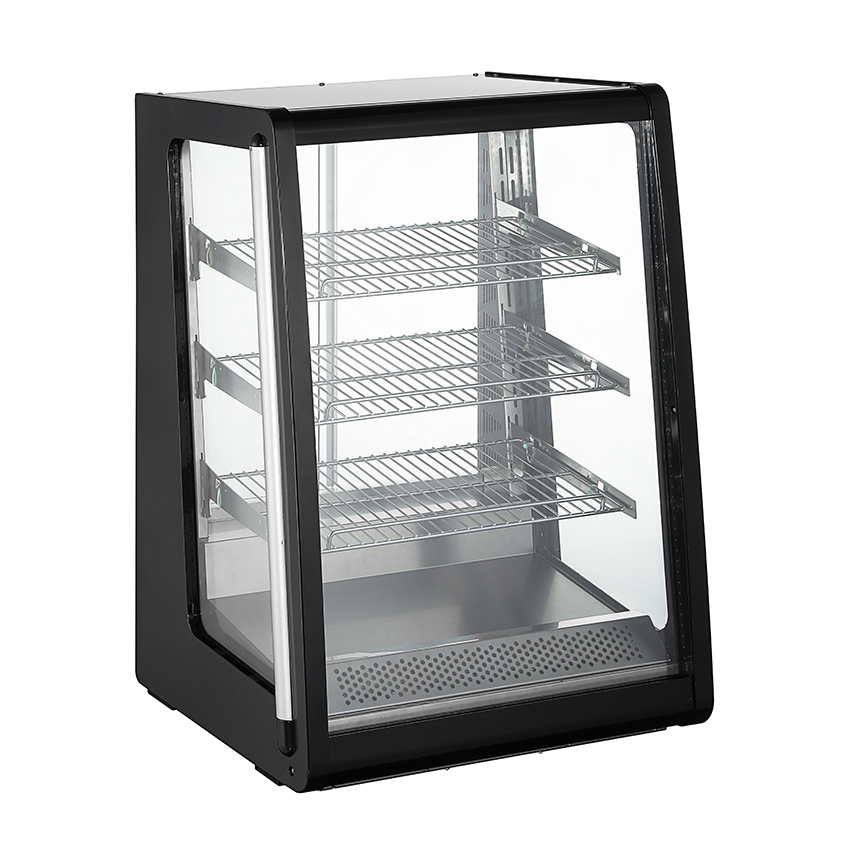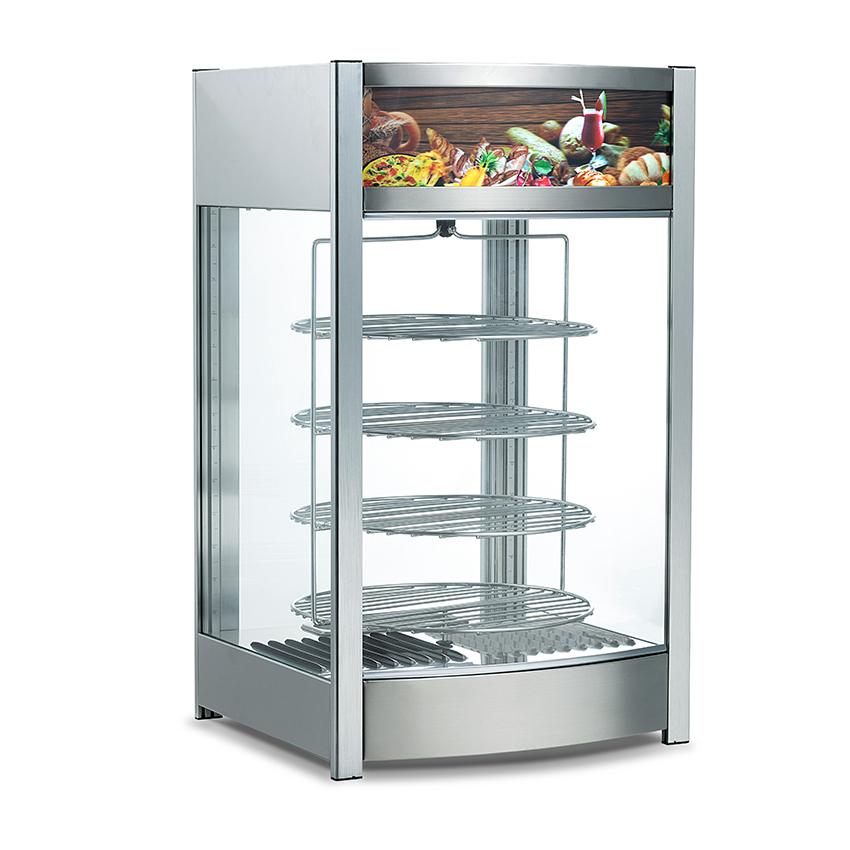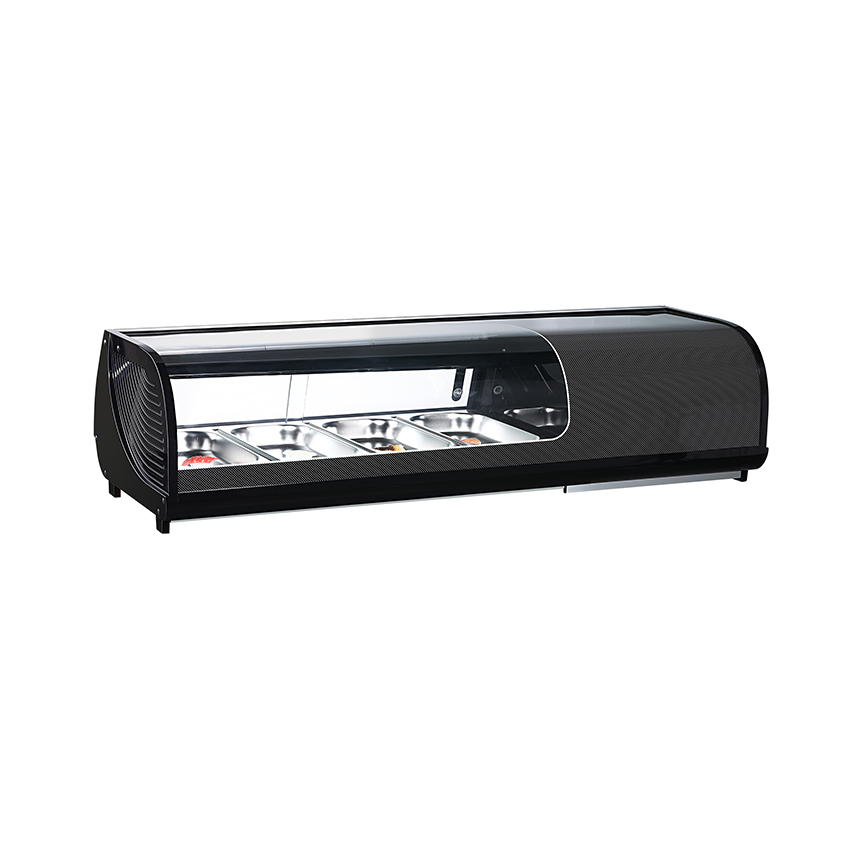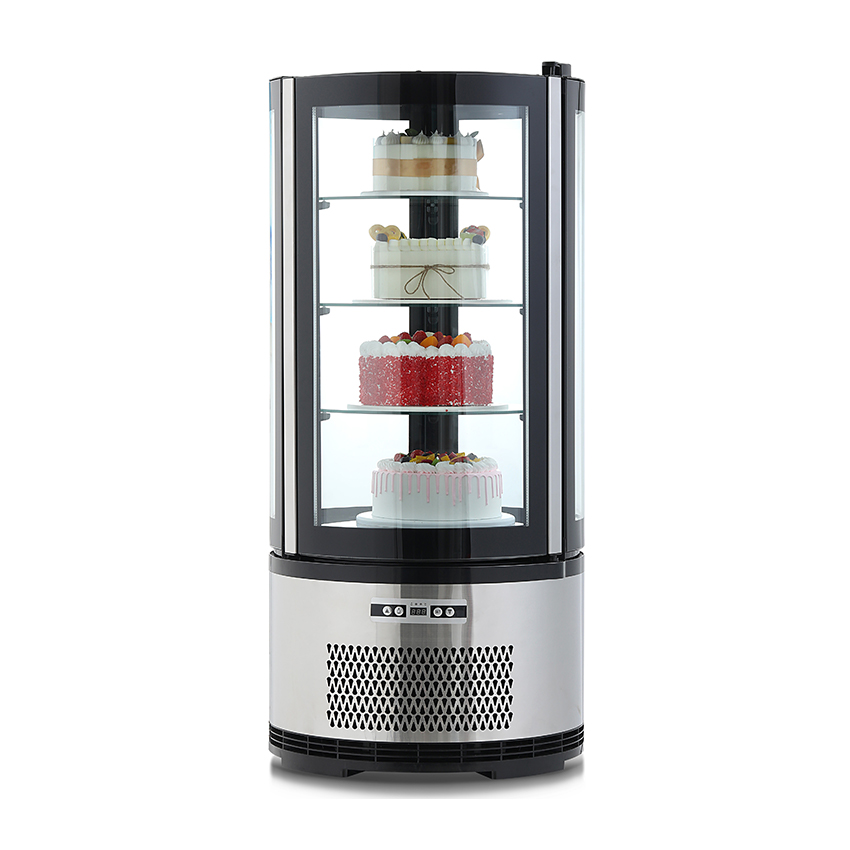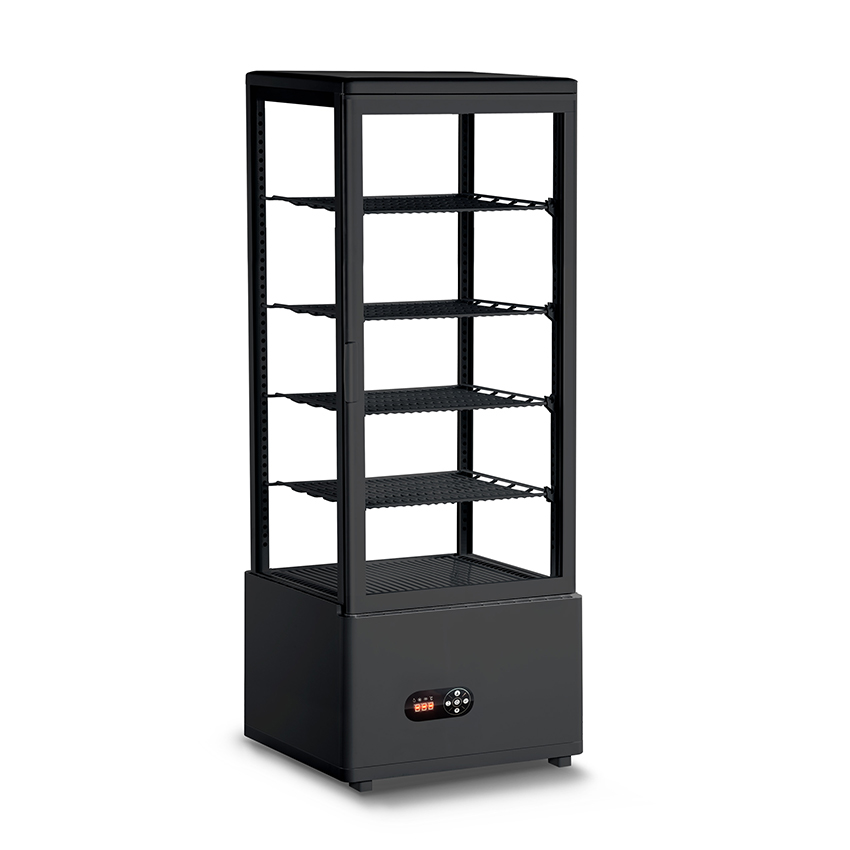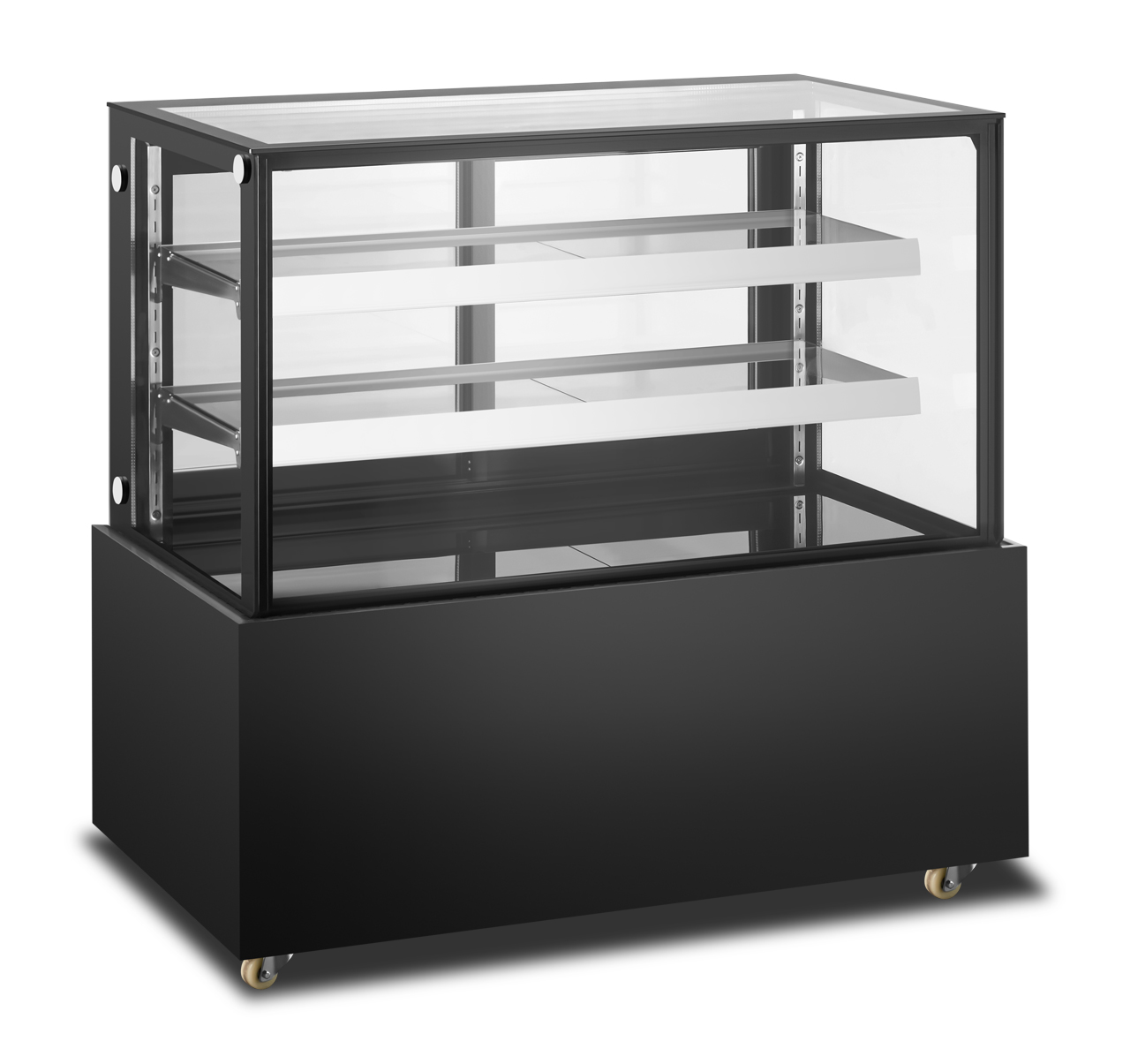1. Ensure food freshness
Sushi display cabinets maintain a low temperature environment of 0°C to 15°C (different models vary) through air cooling or direct cooling technology, inhibiting bacterial growth and delaying the oxidation of ingredients, ensuring that sushi maintains a fresh taste during sales. The split structure (such as the front/rear door) reduces the number of openings and closings, prevents external dust and pollutants from entering, and meets food safety standards. Compared with ordinary refrigerators, display cabinets combine sealing and low-temperature environments to extend the preservation time of sushi by 30%-50% and reduce the loss rate.
2. Improve operational efficiency
Large-capacity display cabinets can store more sushi, which is suitable for stores with high traffic during peak hours, reducing the need for frequent replenishment. Straight or circular channel layout guides customer flow, shortens shopping time and increases turnover rate.
3. Enhance customer experience
Convenient self-service design simplifies the process and avoids the loss of cold air caused by traditional sliding doors. The transparent cabinet and neat display convey the impression of "freshly made", which meets consumers' pursuit of food safety and quality. Modular structure design facilitates cleaning, extends equipment life and reduces maintenance costs.


 English
English русский
русский Español
Español Français
Français عربى
عربى italiano
italiano
